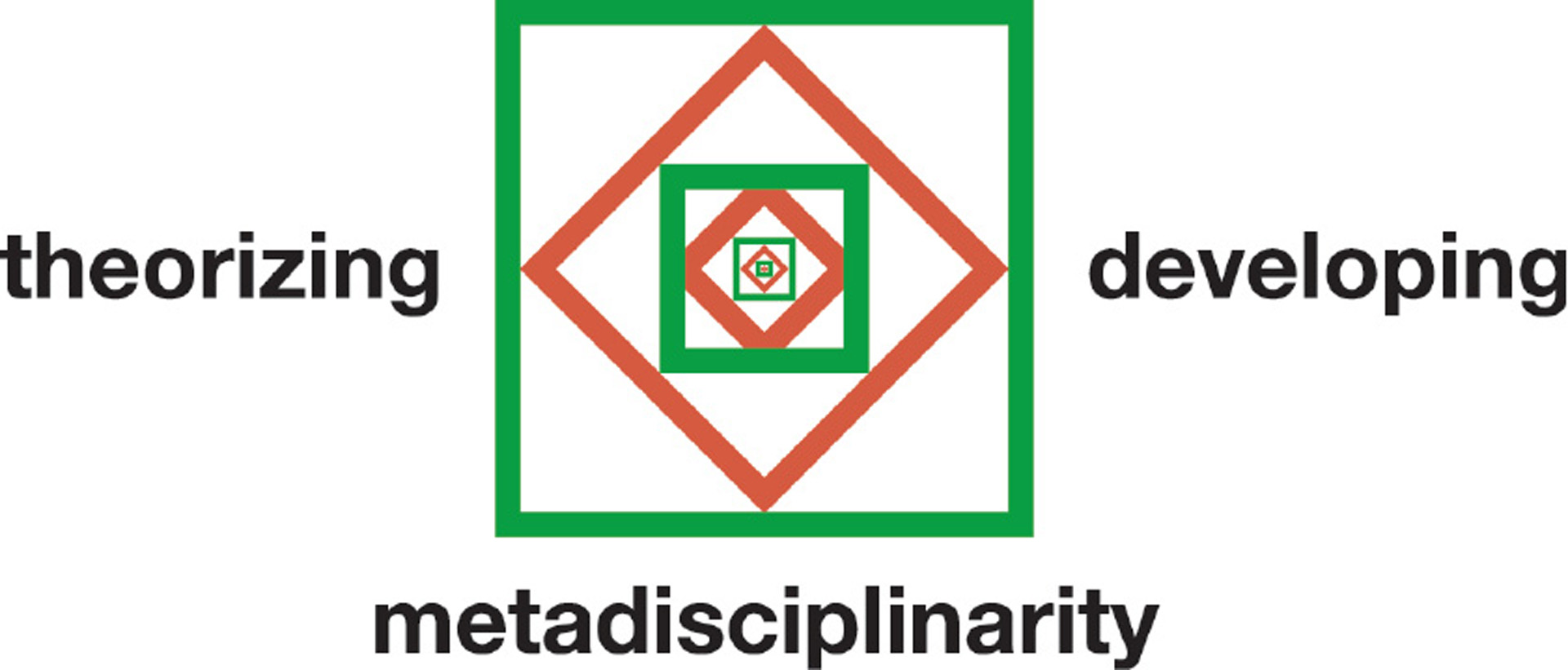“Doing Interface Ecology: The Practice of Metadisciplinary” by Kerne
Conference:
Type(s):
Title:
- Doing Interface Ecology: The Practice of Metadisciplinary
Presenter(s)/Author(s):
Abstract:
The interface can be modeled as a an ecosystem: connected, dynamic, and characterized by relationships. The model is predicated on a process of working with the interface as a border zone between heterogeneous systems of representation. This paper uses sensation, embodiment, and semiotics to initiate this process, by addressing the range of systems of representation that are involved in its own production. This presence of the theorist is found to create a self-referential metastructure. As an alternative to the beneficial but ad hoc assemblages of multi-, inter, and trans-disciplinary approaches, the ecosystems approach establishes that meshing of systems of representation is an inherent property of interface phenomena. The meshing process causes elements from the involved representational systems to recombine, forming hybrids. Recombinant information is a structural formula for creating new knowledge, which can be invoked for that purpose, intentionally. Theorists are part of the environment that they theorize about. The products of theorizing are information artifacts that are also part of the environment. They themselves function as interfaces. The term “metadisciplinary” is developed to describe the inherent and self-referential nature of this structure. The structure of metadisciplinarity connects theory and practice. This stands in direct contrast with studies approaches, such as performance studies, which is separate from theater practice.
References:
Ascot, R. (2002). Mission: CAiiA: Center for Advanced Inquiry in
the Interactive Arts – STAR: Science Technology and Art
Research,
www.caiia-star.net/mission/index.html, 2002.
Baudrilllard, J. (1983). The ecstasy of communication, in Foster,
H.,ed, The Anti-Aesthetic: Essay on Postmodern Culture, New
York: New Press, 1983.
Brooks, R. (1999). Cambrian intelligence: The early history of the
new
Al. Cambridge, MIT Press, 1999.
Clifford, J., and Marcus, G. (1986). Writing Culture: The Poetics
and Politics of Ethnography. Berkeley: U of California Press,
1986.
De Landa, M. (1997). A Thousand Years of Nonlinear History.
New York: Zone Books, 1997.
Ehrlich, K. (1997). A conversation with Ted Selker, ACM
Interactions, 34-47, 1997.
Finke, R.A., Ward, T.B., Smith, S.M. (FWS, 1992). Creative
Cognition, Cambridge, MIT Press, 1992.
Focault, M. (1972). The Archaeology of Knowledge and The
Discourse on Language, New York: Pantheon Books, 1972.
Gaver, W. (1991 ). Technology affordances, Proc CHI 1991,
79-84.
Geertz, C. (1973). The Interpretation of Cultures, New York:
Basic Books, 1973.
Gibson, J.J. (1979). The ecological approach to visual
perception,
Houghton Mifflin, New York, 1979.
Grossman, R. (1980). Women’s place in the integrated circuit,
Radical America, 14: 1, 29-49, Jan-Feb 1980.
Hayles, K.N. (1999). How we became posthuman: virtual bodies
in cybernetics, literature, and informatics, Chicago: Univ of
Chicago, 1999.
International Labour Organization (ILO, 2002). LABORSTA
database of labour statistics,
www.ilo.org/public/english/bureau/stat/portal/online.htm, 2002.
Kerne, A. (2000). CollageMachine: An interactive agent of web
recombination. Leonardo 3:5, 347-350, Nov 2000.
Kerne, A. (2002). Interface ecosystem, the fundamental unit of
information age ecology. Proc SIGGRAPH 2002: Art and
Animation, 142-145.
Kerne, A. (2004a). Structures of Interactive Information,
lcsdl.tamu.edu/-andruid/sii
Kerne, A. Smith S.M., Mistrot, J.M., Sundaram, V., Khandelwal,
M.,Wang, J.M. (2004b). Mapping Interest and Design to
Facilitate
Creative Process During Mixed-Initiative Information
Composition, Creativity & Cognition Symposium: Interaction:
Systems,
Practice and Theory, 2004.
Lamontagne, V. (2001). Interview with Marek Walczak & Martin
Wattenberg, www.mobilegaze.com/mg3/apartment_en.html,
2001.
Mateas, M. (2003). Interactive Drama, Art, and Artificial
Intelligence, Ph.D. Thesis. Technical Report CMU-CS-02-206,
CMU School of Computer Science. Dec 2002.
Merleau-Ponty, M. (1962). Phenomenology of perception. New
York: Humanities Press, 1962.
Millard, E. (2003). Inside the Hidden World of Motherboard
Manufacturing,www.technewsworld.com/perl/story/31786.html,
TechNewsWorld, Oct 8, 2003.
Mil ler, G.A. (1956). The Magical number seven, plus or minus
two: some limits on our capacity for processing information,
·Psychology Review, 63:81-97, 1956.
·Norman, D. (1988). The Psychology of Everyday Things, New
York: Basic Books, 1988.
Norman, S.J. (1997). Transdisciplinarite et genese de nouvelles formes artistiques, Delegation aux arts plastiques, Ministere de la
Culture de France.
www. culture. fr /culture/mrt/bibliotheque/norman/norman. rtf, 1997 .
Nowotny, H., Scott, P., Gibbons, M. (2001). Re-Thinking Science:
Knowledge and the Public in an Age of Uncertainty, Oxford: Polity.
Nowotny, H. (2004). The Potential of Transdisciplinarity, in Rethinking
lnterdisciplinarity,
www.interdisciplines.org/interdisciplinarity/papers/5/24, Jan 2004.
Oxford University Press. (OED, 1992). Oxford English Dictionary on
Compact Disk, Second Edition. Oxford: Oxford University Press,
1992.
Schiphorst, T. (1997). Bodymaps: artifacts of touch, Electric Garden,
Visual Proc SIGGRAPH 1997,72-73.
Upsdell, C. (2004). Browser News: Stats > Trends, 279:Jan 24,
2004, www.upsdell.com/BrowserNews/stat_trends.htm.





